Premium Only Content
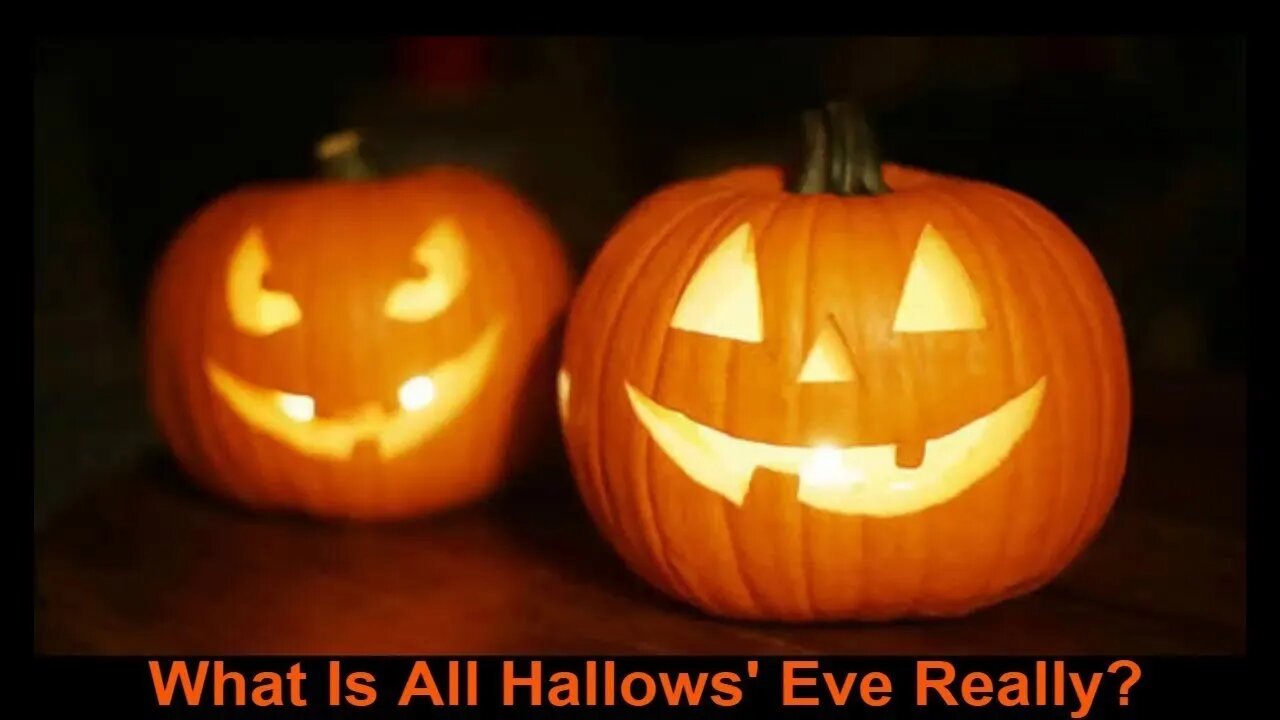
The Real Origins Of Halloween!
World News Report Today
October 31st 2022!
The Real Origins Of Halloween!
Americans love Halloween: the candy, the costumes, and the creepy decor. But as beloved as the holiday is in the states, it didn't originate here. In fact, the history of Halloween dates back thousands of years to the Celtic celebration of Samhain, a festival that marked the end of the harvest and the start of a new year. The day was also said to be a time when the veil between the living and the dead was the thinnest, and when humans could communicate with those beyond the grave.
This year, before you go trick-or-treating or put on your trusty witch costume, take some time to learn more about the dark history of Halloween. It turns out, the holiday is much more interesting (and eerier!) than you thought. Travel back in time with us (and we mean way back) to learn what some of the very first ghostly celebrations of Halloween looked like. We can guarantee they didn't include glitter pumpkins or superhero costumes. When you're done, load up on even more Halloween trivia.
Most scholars agree that Halloween as we know it started some 2,000 years ago when Celtic people in Europe celebrated the end of the harvest and the start of a new year in a festival called Samhain (pronounced "sow-win"). It was also a time of communing with otherworldly spirits, with big bonfires lit in honor of the dead, according to The American Folklife Center.
In addition to honoring the dead, the Celts also believed that the spiritual presence on Samhain made it easier for Celtic priests to predict the future, according to History. They'd build bonfires and burn crops and animals as sacrifices to the Celtic gods. Villagers would attend the bonfire wearing costumes of animal heads and skins.
Nowadays, many of us associate bats with Halloween — and the same was probably true centuries ago too. When the Celts lit bonfires, the bonfires would attract bugs, and the bugs would attract bats. In later years, various folklore emerged citing bats as harbingers of death or doom. For example, Nova Scotian mythology notes that if a bat settles in a house, a man in the family will die; if it flies around, a woman in the family will perish.
The Romans conquered most Celtic territory by 43 A.D. and brought their own fall festivals with them, according to History. Their October celebration called Feralia also commemorated the passing of the dead.
Fast forward a few centuries, and even more changes arrive. Several Christian popes attempted to replace "pagan" holidays like Samhain with events of their own design. By 1000 A.D., All Souls' Day on November 2 served as a time for the living to pray for the souls of the dead. All Saints' Day, assigned to November 1, obviously honored saints but it was also called All Hallows. That made October 31 All Hallows Eve, and later Halloween.
Despite the new religious focus, people in Old England and Ireland continued to associate the time with the wandering dead. They set out gifts of foods to please the spirits, and as time wore on, people would dress in scary costumes in exchange for treats themselves — a practice called "mumming," which is similar to today's trick-or-treating.
The the first similar celebrations in America predominantly arose in the southern colonies, according to History. People would celebrate the harvest, swap ghost stories, and even tell each other's fortunes. However, those early fall festivals were known as "play parties" — not Halloween.
In the 1700s and 1800s, women used to perform rituals on Halloween in hopes of finding a husband. According to History, women would throw apple peels over their shoulder hoping to see their future husband’s initials and competitively bob for apples at parties because the winner would be the first to marry. The weirdest of them all? They thought standing in a dark room with a candle in front of a mirror would make their future husband's face appear.
The holiday really started taking off in the middle of the 19th century, when a wave of Irish immigrants left their country during the potato famine. They popularized the celebration nationally with their new superstitions and customs, like the jack-o'-lantern. (Did you know that jack-o'-lanterns used to be carved out of turnips, potatoes, and beets?!) While kids didn't trick-or-treat just yet, they did play plenty of pranks in the tradition of mischief-making.
By the end of the 1800s, more communities pushed for a secular (and safer) set of rituals. People started holding Halloween parties that emphasized games, fall food, and costumes over witchcraft and troublemaking.
Trick-or-treating skyrocketed in popularity by the 1950s, when Halloween became a true national event. Today, over 179 million Americans celebrate the holiday — and spend about $9.1 billion on it per year, according to the National Retail Federation.
Please share and Subscribe and help the channel by purchasing a cup
-
 2:44
2:44
Worldnewsreporttoday
1 year agoF-35A Lightning Scrapped After Loosing Battle With A Bird!
5982 -
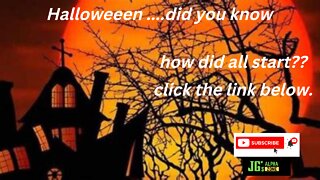 1:08
1:08
jgsaz
2 years agoOrigins of Halloween...
8 -
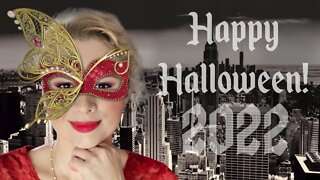 12:29
12:29
Speak English podcast with teacher Georgiana
2 years ago229 Halloween: Origins, Meaning and Traditions
54 -
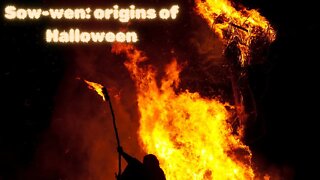 24:30
24:30
HisWordOnly
2 years agoSamhain: Origins of Halloween | Opening the Box
59 -
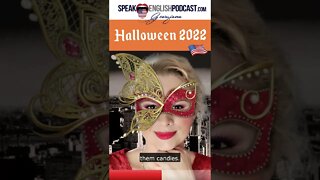 0:50
0:50
Speak English podcast with teacher Georgiana
2 years agoEnglish lesson about Halloween: Origins, Meaning and Traditions
32 -
 0:15
0:15
Corn Fed Life
2 years agoReal Life Halloween 🎃 Nightmare!
3 -
 33:52
33:52
Tony and Friends Christian Videos
2 years ago3 Youth Outreach Ideas For Fall / 2 Bonus Ideas / Halloween Origins Exposition Dr. Tony Rizzo
13 -
 11:00:11
11:00:11
tacetmort3m
1 day ago🔴 LIVE - SOLO RANK GRINDING CONTINUES - MARVEL RIVALS
169K3 -
![Shadows Of Chroma Tower, Alpha Playtest [Part 1]](https://1a-1791.com/video/fwe2/1d/s8/1/5/Q/U/n/5QUnx.0kob-small-Shadows-Of-Chroma-Tower-Alp.jpg) 13:29:21
13:29:21
iViperKing
21 hours agoShadows Of Chroma Tower, Alpha Playtest [Part 1]
141K6 -
 54:05
54:05
TheGetCanceledPodcast
19 hours ago $13.40 earnedThe GCP Ep.11 | Smack White Talks Smack DVD Vs WorldStar, Battle Rap, Universal Hood Pass & More...
129K20